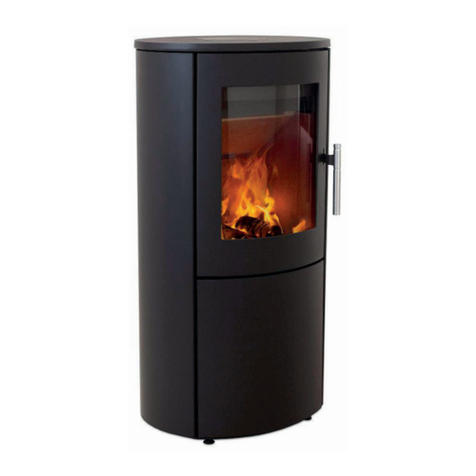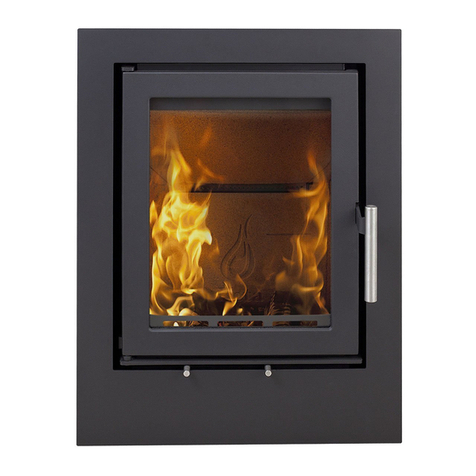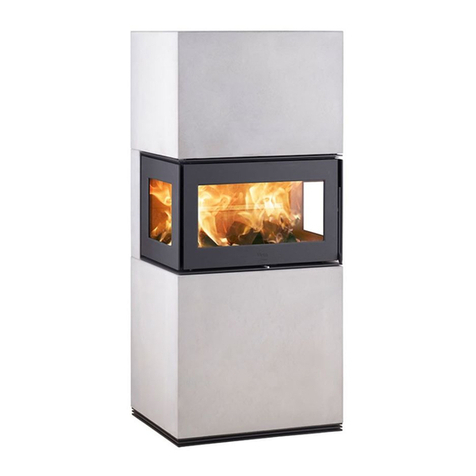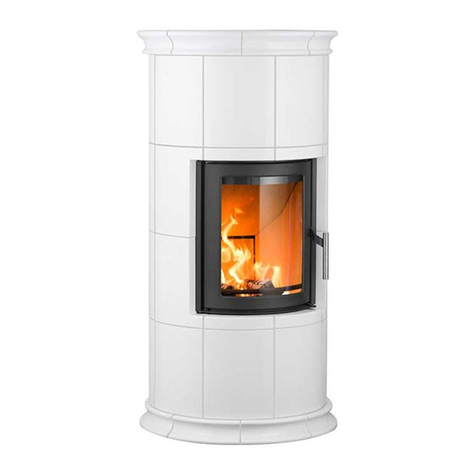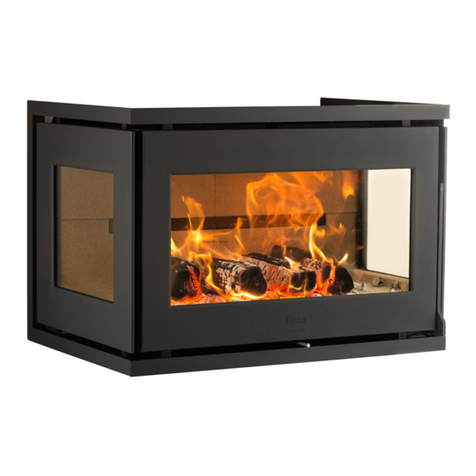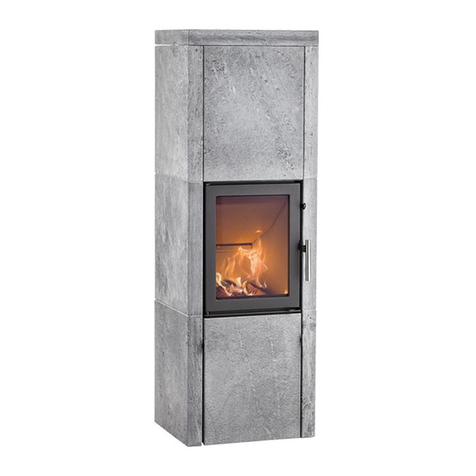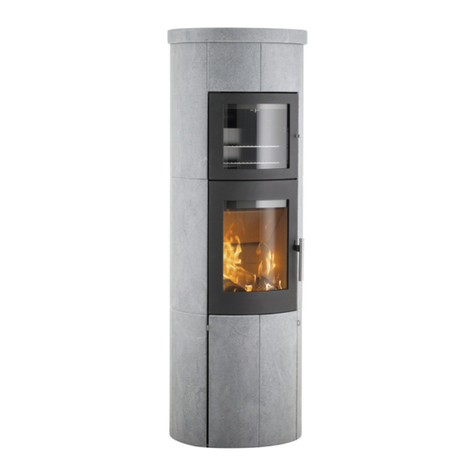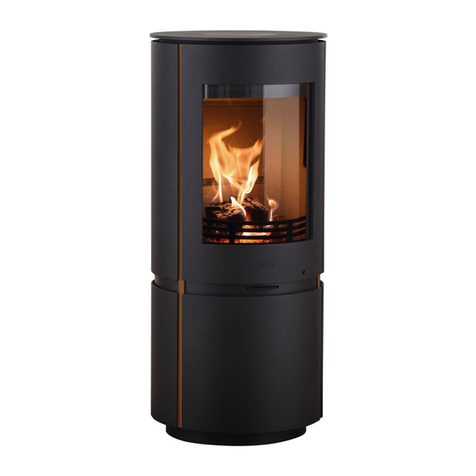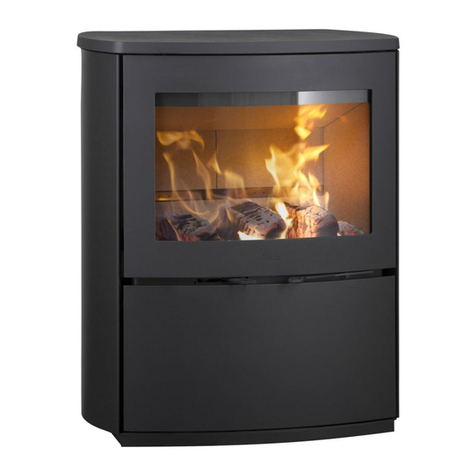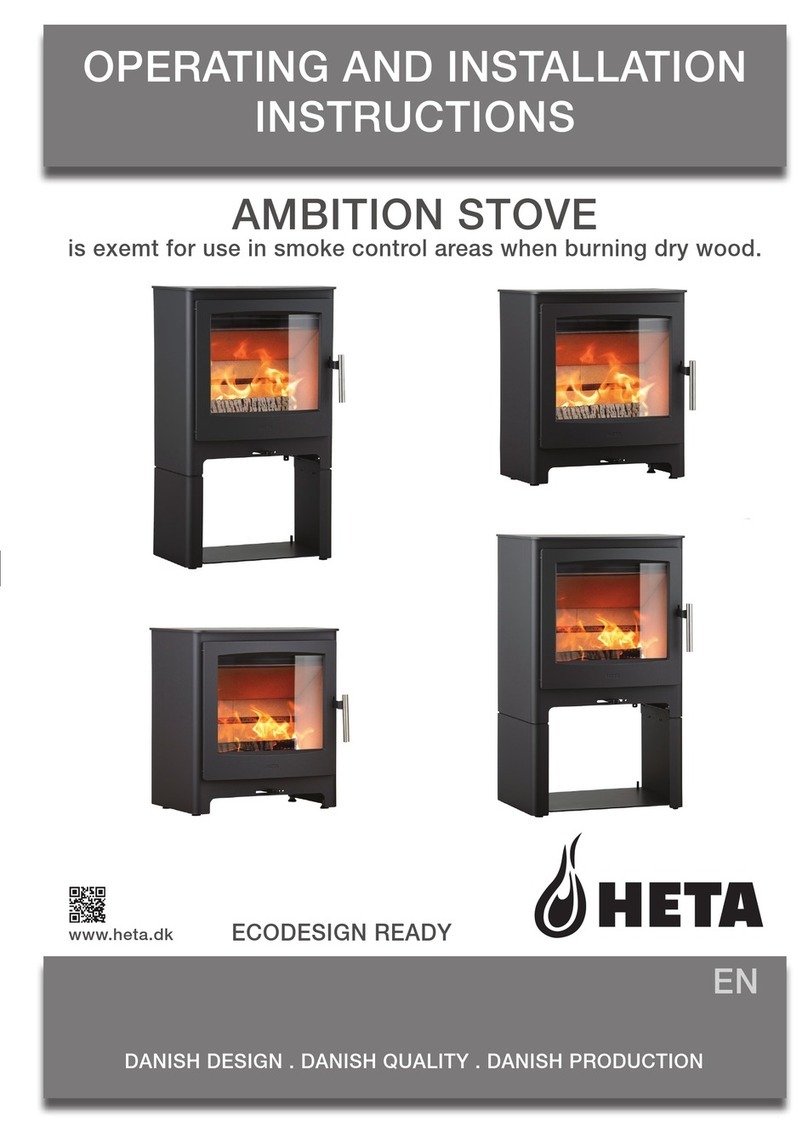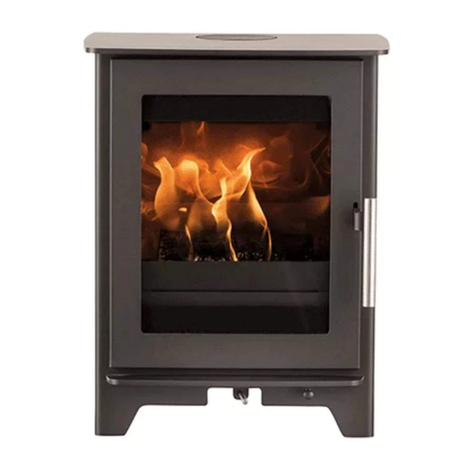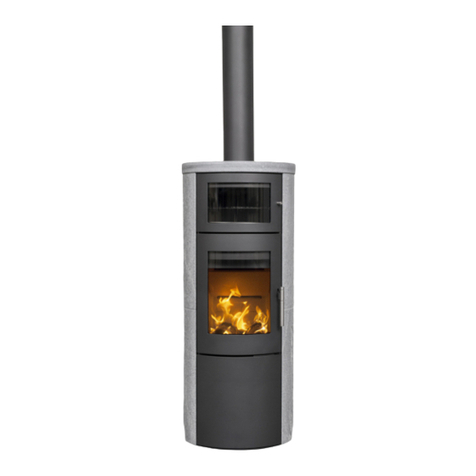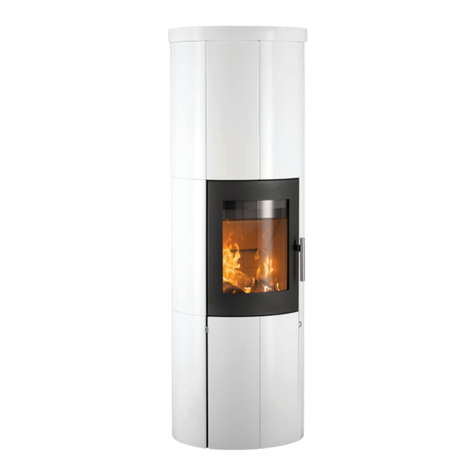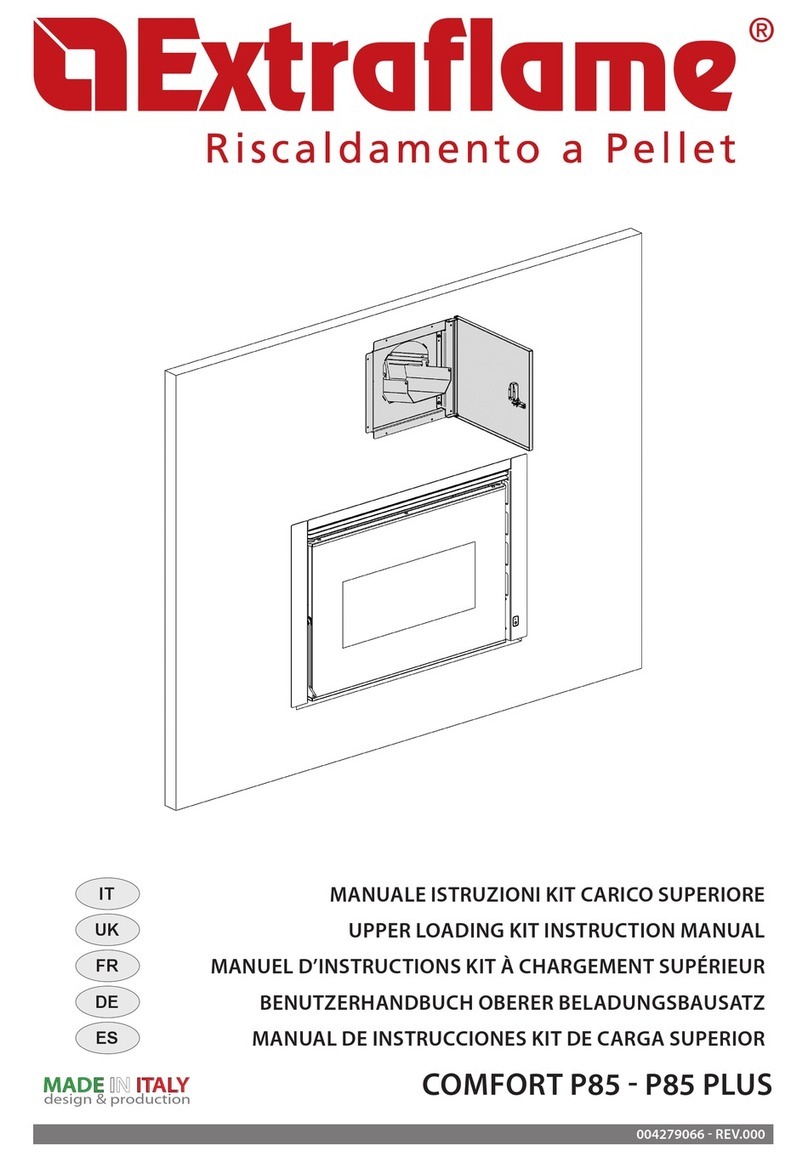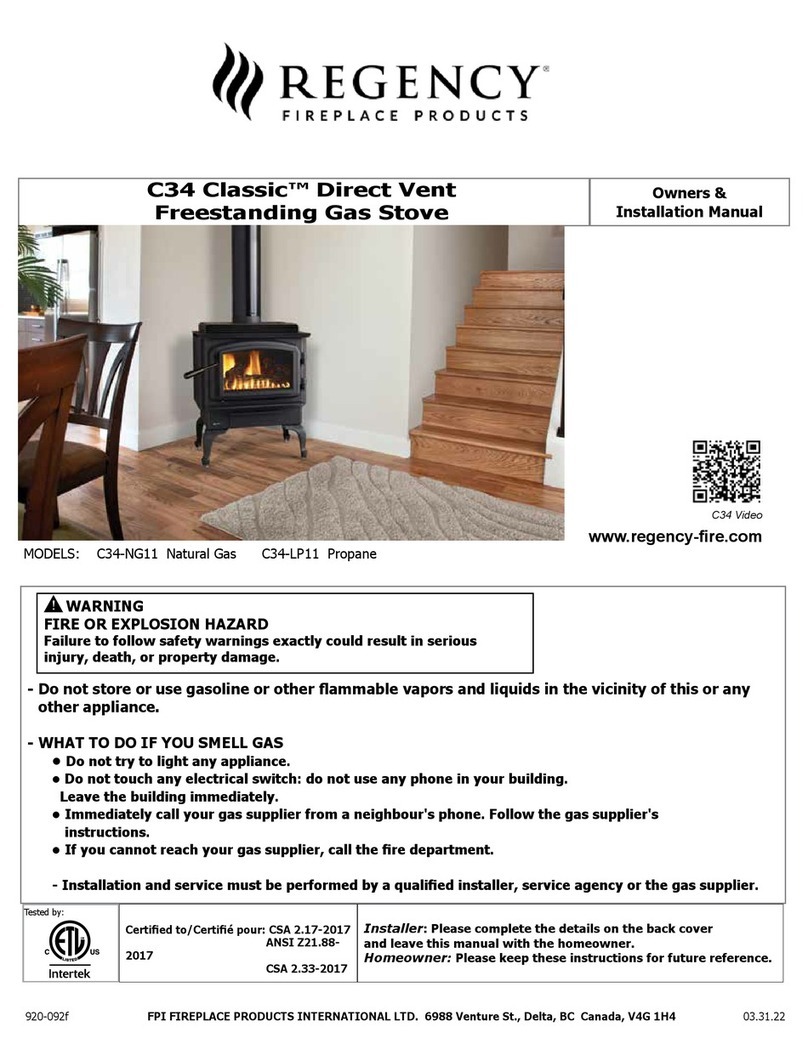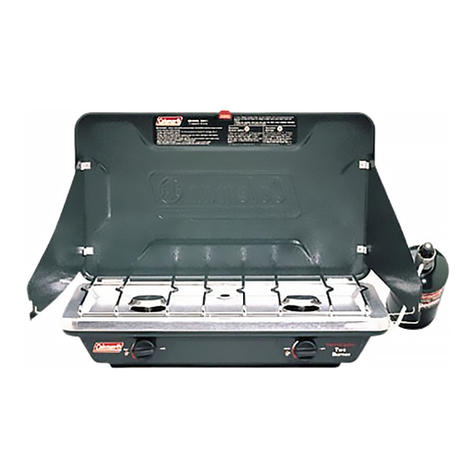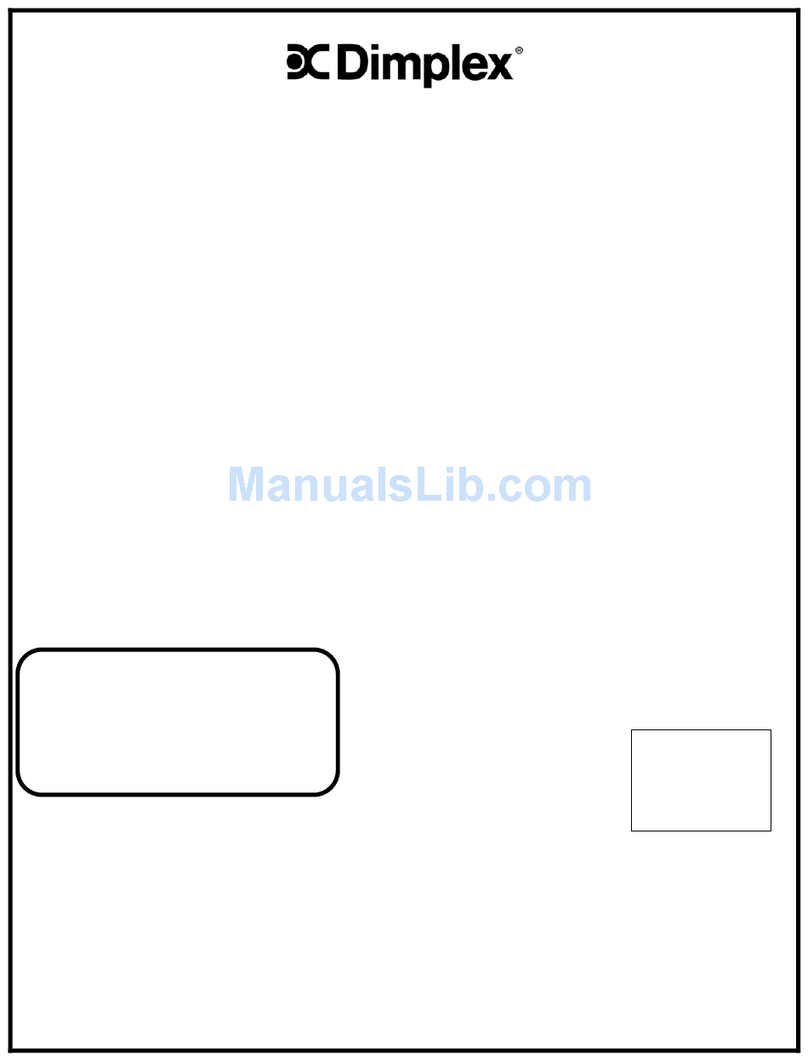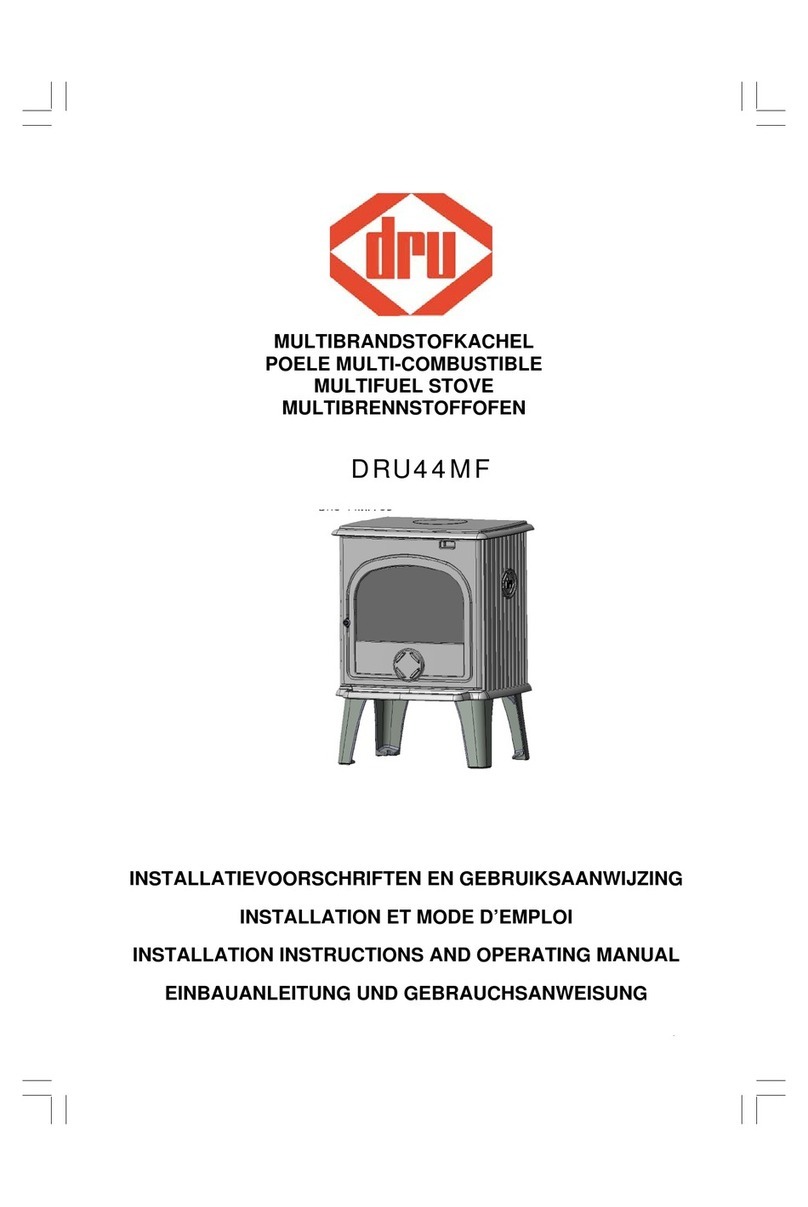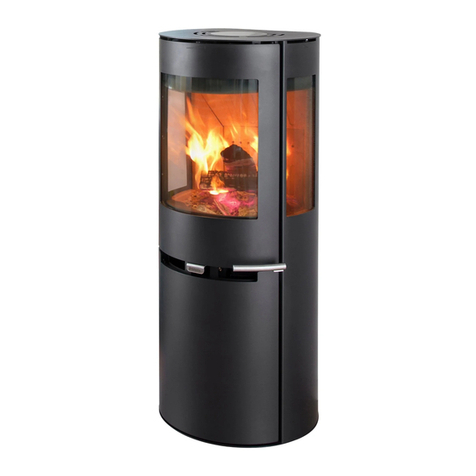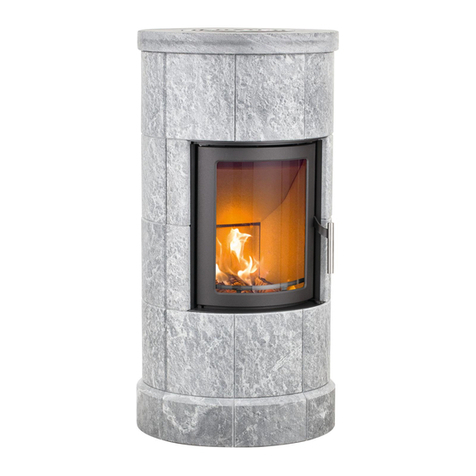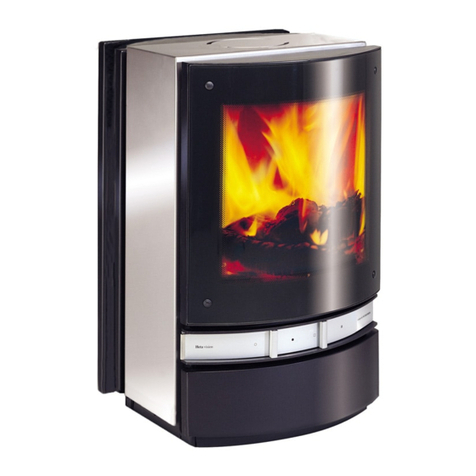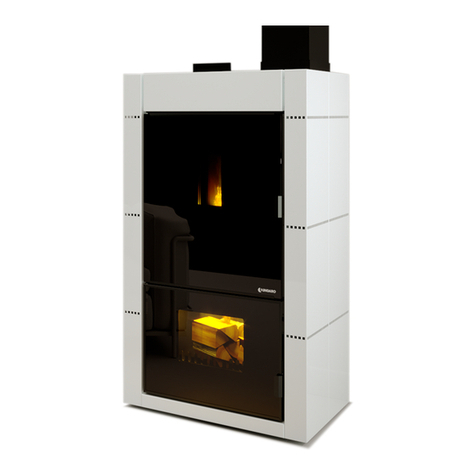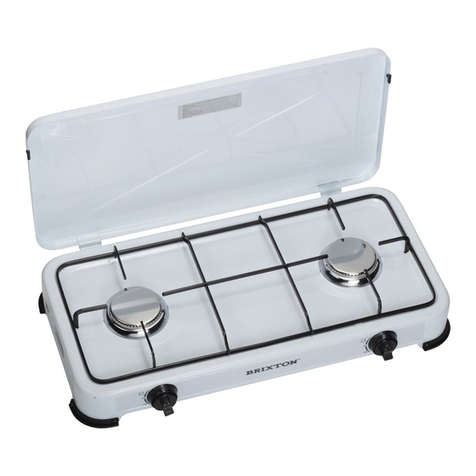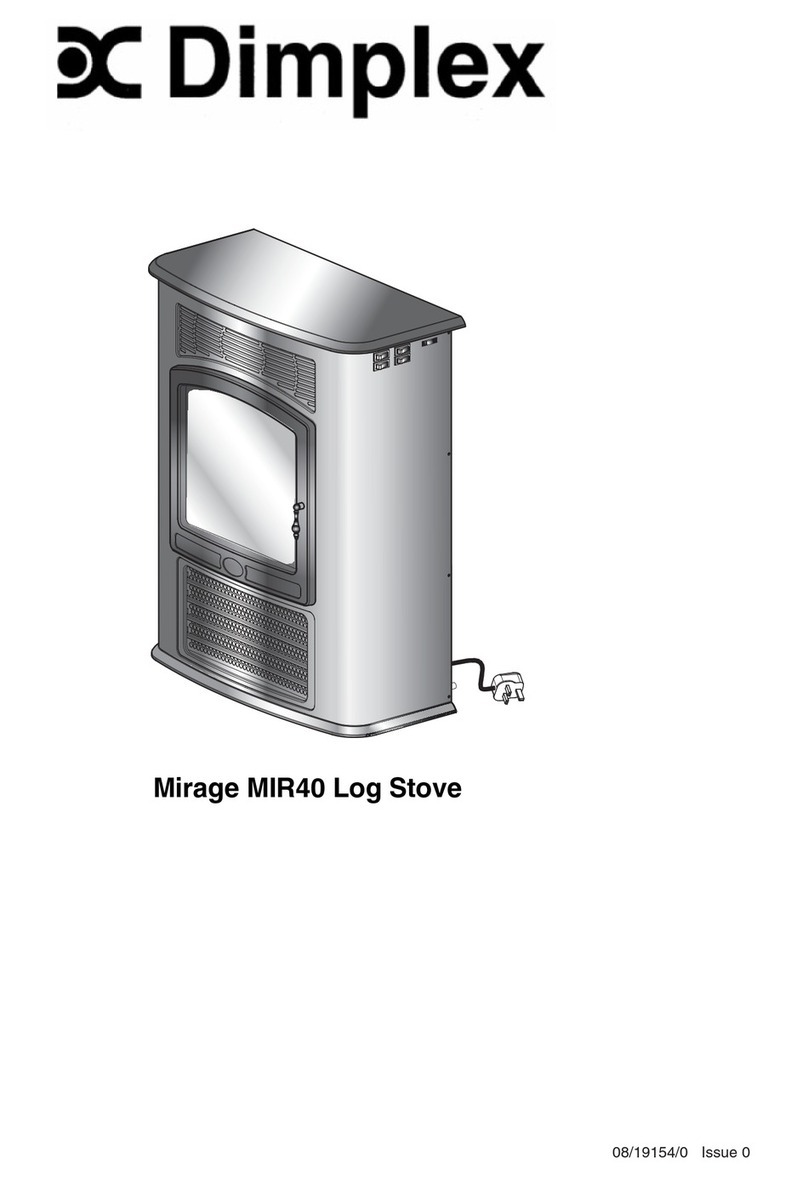
8
5 INSTALLATION PREPARATION
AND - INSTRUCTION
The device is developed, tested and approved conform
the applicable standards for the usage, the performance
and safety of the product. The installation of your device
must apply to the current building prescriptions. We ad-
vise to make use of a qualified gas installer for the instal-
lation of your device. The installer can provide you with all
information regarding the safety regulations of the instal-
lation.
5.1 Relevant norms and guidelines
•The installation must be carried out in accordance
with the following regulations
•Department of the Environment, the Building Stan-
dards (Scotland) (Consolidation) Regulations issued
by the Scottish Development Department.
•BS 5440 part 1
•BS 5871 part 2
•BS 6891.
In the Republic of Ireland the installation must also con-
form to the relevant standards, particularly in regard to
flue sizing and ventilation. Refer to documents;
•IS813
•ICP3
•IS327
•Any other rules in force.
This appliance must be installed in accordance with the
rules in force and used only in a sufficiently ventilated
space, and is intended for use on a gas installation with a
governed meter.
5.2 Attention points gas fireplace
This appliance is a Balanced Flue room sealed appliance,
and as such needs no additional ventilation. However an
adequate supply of fresh air to maintain temperatures and
a comfortable environment is recommended. This appli-
ance may be installed in a completely sealed or mechani-
cally ventilated house.
5.3 Appliance Installation
•Determine the position required for the appliance.
•Create a gas connection for the appliance in approxi-
mately the correct location for the gas controls.
•The gas controls are connected to the burner of the
appliance.
•This appliance must be securely fixed to the floor
using the fixings built into the base of the appliance.
•Do not make any adjustments to the appliance.
5.4 Attention points gas connection
The gas connection should apply to the local norms in
force. Calculate the diamater of the gas flue, such that
no pressure loss is occuring in the pipes. Place a shut-off
valve in the near vicinity of the device. Position the gas
connection, such that it is always accessible for service
purposes.
The gas block and receiver are under the combustion
chamber, in the deivce, so that it is always accessible for
service purposes.
5.5 Requirements flue and wall
terminals
The European CE-marking for the device is only applica-
ble to the flue materials specified by the supplier. The de-
vice must be installed with the stainless steel flue material
US by Metaloterm/On top. The usage of other concentric
stainless steel material is only permitted when it has the
same technical specification as the previous mentioned
systems. Only when these materials are used a good and
safe performance can be promised by HETA.
This appliance may be installed with a roof terminal (C31)
or a wall terminal (C11).
This appliance may only be used with Balanced Flue
(otherwise known as Concentric Flue) parts as specified
by HETA. The HETA specified flue parts have been ap-
proved with the appliance. If the appliance is installed on
non-HETA approved parts, HETA cannot guarantee or ac-
cept and responsibility for the proper and safe working of
the appliance.
The flue system must be constructed from the applian-
ce upwards, with all joints being fully locked and sealed
using the HETA specified parts.
5.6 Basements, Lightwells and
Retaining walls
Flue terminals should not be sited within the confines of
a basement area, light well or external space formed by a
retaining wall, unless steps are taken to ensure the produ-
cts of combustion can disperse safely at all times. It may
be possible to install this Balanced Flue system in such a
location provided that it is not sited lower than 1m from
the top level of that area to allow combustion products to
disperse safely.
Flue terminals should be sited to ensure total clearance of
the combustion products in accordance with the included
information.
When the products of combustion are discharged, they
should not cause a nuisance to adjoining or adjacent pro-
perties and they should be positioned so that damage
cannot occur to other parts of the building. If the outer
wall surface is constructed of combustible material, a
non-combustible plate should be fitted behind the ter-
minal projecting 25mm beyond the external edges of the
terminal.




















